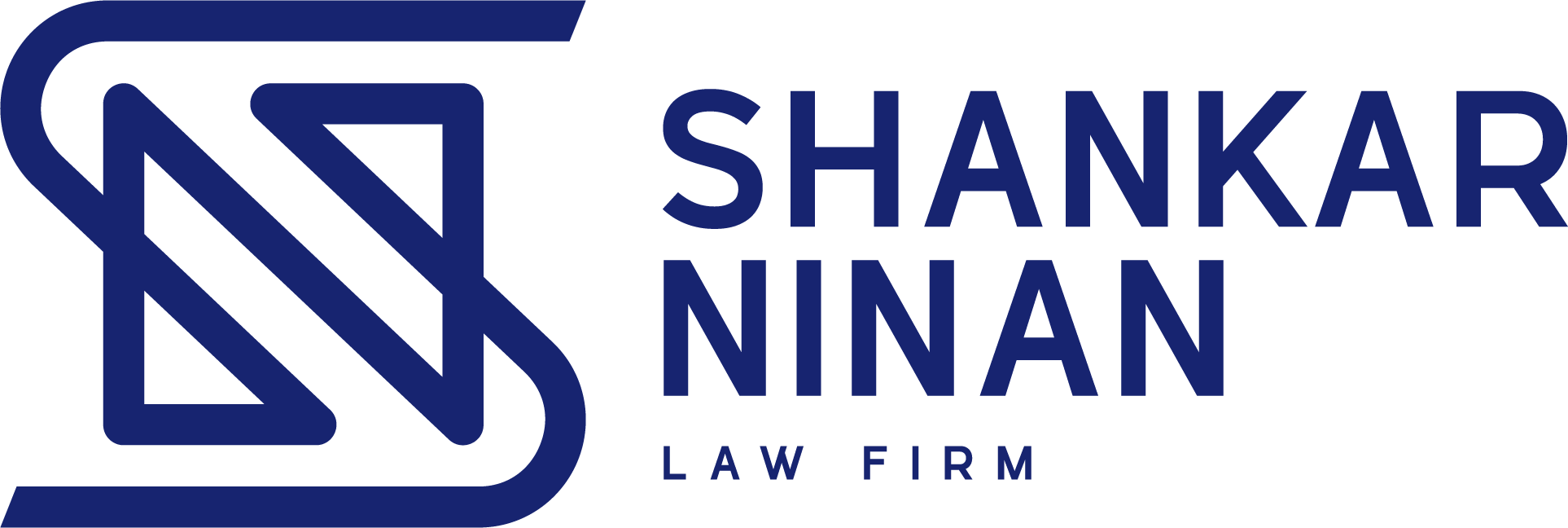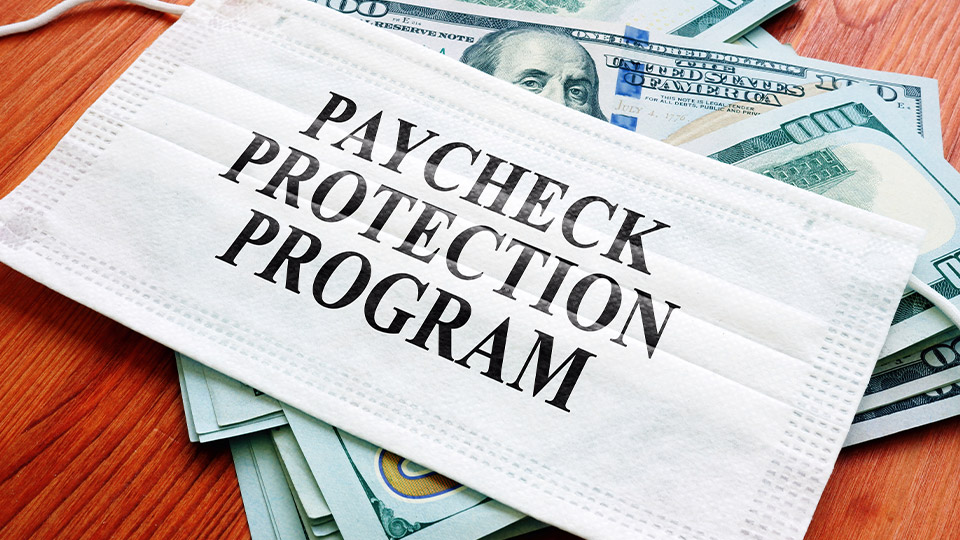A developed country’s major achievement is accessibility of services to all. Whether you live in Manhattan or Brooklyn, every neighborhood has its own dynamic way of serving people. One can generally find a local grocery store, a gym, a salon, a dry cleaner, bars, food joints, all at a walking distance from wherever they are situated. These services are generally all a by-product of small business owners (SBO) thriving to make our lives easier every day. These SBOs have been the worst hit by the mandated closure announced by the government due to the Coronavirus Disease (COVID-19) almost four weeks ago. Small business owners were forced to shut down, and many forced to continue to pay their rent, mortgage, their salaried employees. To help stimulate the economy, Congress acted fast and enacted the Coronavirus Relief (CARES) Act. Specifically, this article discusses its impact on SBOs and the programs provided for immediate relief.
To help stimulate the economy, Congress acted fast and enacted the Coronavirus Relief (CARES) Act.
As these Small businesses are the wheels that keeps the economy moving, the Small Business Administration (SBA) on April 2, 2020 issued an interim final rule to further the implementation of Paycheck Protection Program (PPP) enacted under the Coronavirus Aid, Relief, and Economic Security Act (CARES Act). In wake of smoothly implementing the PPP, SBA also issued further guidance in the form of a supplement to the interim final rule and the U.S. Department of Treasury issued clarifications in the form of FAQs.
The PPP authorizes up to $349 billion in forgivable, immediate and guaranteed loans to small businesses nationwide which are adversely impacted by the COVID -19 for their monthly expenses including payroll costs, mortgage interest, rent, insurance, and utility payments.
PPP Loan and Application
The PPP offers a loan to the maximum extent of $10 million to small businesses and any business, non-profit, veterans organization or Tribal organization which employees 500 employees or less (along with its affiliate entities). Even sole proprietors, independent contractors and self-employed individuals may apply for the PPP loan.
The borrower can make an application for a loan under the PPP to a participating lender through June 30, 2020, subject to certain eligibility requirements. To be eligible, the applicant-borrower should: (i) have been in operation on February 15, 2020 and (ii) provide supporting documentation to demonstrate the qualifying amount along with the application. Evidence of payroll can include, but is not limited to, Form 940 and 941s and in the event your business utilizes a Professional Employer Organization (“PEO”), then a excel file of the payroll records together with a letter certifying same from the PEO should be sufficient. The funds received by the Borrower towards the PPP loan can be utilized towards the payment of payroll costs and other essential expenses including group health care benefits, rent, utilities, insurance, interest on debt (incurred before February 15) for a period of 8 weeks following the loan.
As SBA’s goal is to achieve the overarching goal set by the Congress of keeping workers paid and employed across the nation, the loans under the PPP are 100% guaranteed by the SBA and the applicant does not need to provide collateral or show repayment ability.
Maturity and Interest
The loan granted under PPP has a maturity of 2 years and is chargeable with an interest rate of 1%. The Borrower does not need to make any payments for the initial 6 months, however the interest will continue to accrue during this 6 month period.
Proceeds used for unauthorized purposes
The rule clarifies that if the loaned funds are used for any purpose other than for which they have been authorized, the Borrower will be required to repay the entire loan amount and if such unauthorized use of the funds has been made ‘knowingly’ by the Borrower, then additional charges for fraud will apply. SBA can also have a recourse against a shareholder, member or partner of the Borrower’s organization for such unauthorized use.
PPP Loan is exclusive of the Economic Injury Disaster Loan (EIDL)
An applicant who has already received funds towards EIDL may apply for the PPP loan to the extent the EIDL was used for purposes other than those authorized for PPP loans. PPP loan may also be used to refinance the EIDL.
Loan Forgiveness
A major positive takeaway of the rule is that the SBA will forgive loans if all employees are kept on the payroll by the borrower for eight weeks and 75% of the funds loaned to the borrower are used towards payroll costs and the remaining 25% are used towards other permitted uses such as payment of rent, mortgage interest or utilities.
The participating lenders have been given the leverage to rely on documentation submitted by the borrower in support of its request for loan forgiveness without verification, if the Borrower attests that the payments for eligible costs have been accurately verified.
Secondary Market
The SBA allows the sale of a fully disbursed PPP loan on the secondary market at a premium or discount to par value, however, additional guidance will be issued by the SBA for any advance purchase of loans sold in the secondary market.
Concerns
Even though the PPP is a much welcomed move and a step in the positive direction, it has attracted major concerns and criticisms in the past few days. Some of the concerns are enlisted as follows:
- Government needs to consider increasing the amount of the fund, as it is widely expected that the $349 billion will fall short of demand.
- Conflicting interpretations of the interim final rule by different bodies of the government have left applicants in ambiguity.
- Eight weeks not being adequate amount of time for calculation of costs, as the effects of the COVID-19 are estimated to impact the SBOs for a longer period than that.
- While the continuing clarifications being issued by the government are helpful, applicants who have already submitted their applications to the lenders are unable to modify such applications based on such subsequent interpretations and clarifications.
- As the onus of verifying the supporting documents has been shifted from the lender to SBA, SBA may have to hire auditing firms to prevent misappropriation of funds provided under the PPP.
While PPP comes as a positive news and a relief to some, SBOs have been struggling with a few aspects of this interim final rule. Given that the intent and larger objective of the government is to support the small businesses, it is yet to been seen how effectively and efficiently can this objective be achieved. It is highly suggested because the funds are expected to be exhausted, to apply immediately since it is disbursed on a first-come, first-serve basis.



